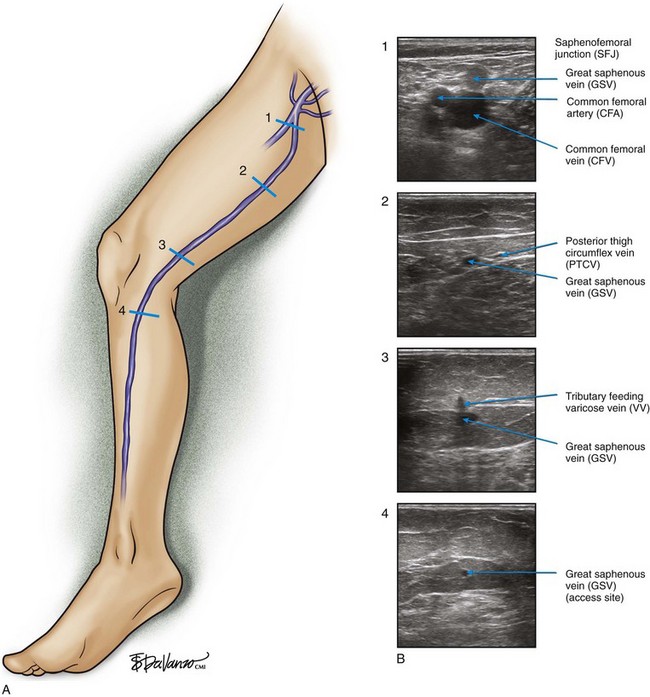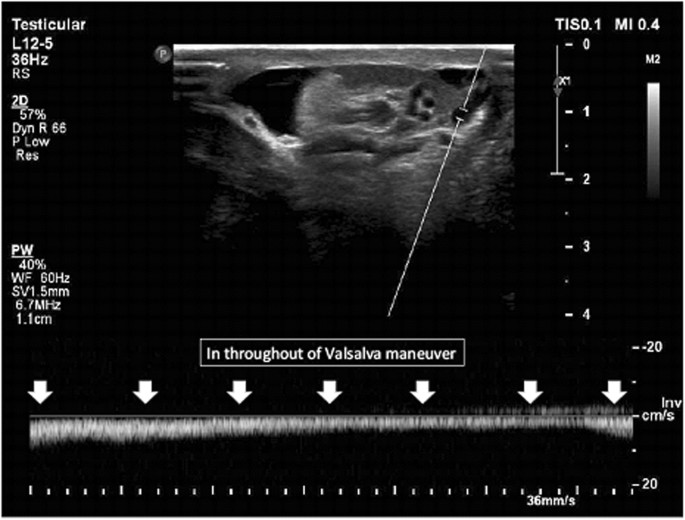

The inferior gluteal vein and, to a lesser degree, the obturator and medial pudendal veins are involved. Direct pelvic leaks occur when the truncal pelvic reflux feeds the lower-limbs varices directly. Two modes of leak transmission have been differentiated ( Table III) 6:ġ. Mode of pelvic reflux transmission toward the lower limbs In this context, the treatment of varices could be only considered after the treatment of the cause.įrom an anatomical point of view, two locations can be differentiated6: (i) genital varices are fed by the ovarian veins and/or the uterine veins and (ii) extragenital pelvic varices are fed by the other internal iliac tributaries, particularly the extrapelvic parietal tributaries of the internal iliac, ie, the gluteal, obturator, and medial pudendal veins. Type 3 pelvic vein anomalies and pelvic reflux are secondary to a local extrinsic cause. It should be considered after a multidisciplinary assessment of the risk/benefit ratio. In type 2, the isolated treatment of reflux and varices without treatment of the obstruction can lead to worsening of abdominal, pelvic, and/or lower-extremity–related venous hypertension. Type 2 relates to stenosis or obstruction in a draining vein responsible for symptomatic substitute collaterals. It is the most frequent physiopathology, and endovascular treatments are the preferred method of management. Type 1 corresponds to valvular or parietal venous anomalies without pelvic or suprapelvic obstruction to venous outflow, which is responsible for the reflux. Each type needs a specific therapeutic plan. These three types do not depend on the location of the pelvic venous pathology (ovarian or extraovarian coming from the internal iliac tributaries). Three main types of vein damage diagnosed by ultrasound explorations and confirmed by cross-sectional imaging and selective phlebography were identified ( Table II). In 2005, Milka Greiner 5 proposed a classification system based on pathophysiological findings. This connectivity explains why an abdominal or pelvic venous reflux can be the origin of a venous anomaly located in another area, ie, a left ovarian reflux can supply the right perineal varices. Therefore, pelvic veins are not independent, but interconnected as a network and connected with other networks, particularly with the lower-limb veins. These tributaries come from valveless plexuses that are extensively interconnected. This fact is clearly demonstrated by using hyperselective retrograde pelvic phlebography. 4-6 The common and internal iliac veins are generally valveless, but the visceral and parietal internal iliac tributaries are valved. The pelvic veins drain into three main collector systems: the internal iliac, ovarian, and rectal veins.


The female varicocele is only a particular form of pelvic varicose veins related to the dilatation of the pampiniform plexus. Classification of pelvic venous reflux and pelvic varicose 1-4 reating pelvic veins should be considered when they are symptomatic at any level ( Table I). When symptomatic, they can be responsible for pelvic congestion syndrome and/or varicose veins in the lower limbs. These pelvic varicose veins are very common in multiparous women, and they are most often asymptomatic. Venous reflux and pelvic varicose veins represent the most common pathological expression. IntroductionĬhronic pelvic venous insufficiency includes all events related to the dysfunction of the pelvic venous system, whether congenital or acquired. This last investigation provides an accurate mapping of varicose veins and pelvic venous reflux. It leads to additional imaging techniques, if necessary, or directly to a hyperselective descending pelvic venography. In most symptomatic patients, ultrasound exploration provides sufficient arguments to evaluate the relevance of the pelvic-level venous treatment. The echo Doppler is also essential for the diagnosis of superficial points of pelvic venous leaks supplying lower-limb varicose veins. The ultrasound exploration allows the positive diagnosis of pelvic venous involvement and the classification by pathophysiological types, which is a key step before any treatment. Consequently, the isolated treatment of lower-limb varices without treating pelvic leaks when there is pelvic congestion syndrome may cause early recurrences. When symptomatic, it is expressed in the pelvic area as a sometimes-disabling pelvic congestion syndrome and/or in the lower limbs as it supplies the varicose veins.

It manifests most frequently as pelvic varicose veins and pelvic venous reflux toward the lower limbs. 1 Cabinet Nouvelle France, 15 rue Pottier,Ĭhronic pelvic venous insufficiency is a common pathology, but it is overlooked and underdiagnosed as it sits on the edge of two medical specialties: gynecology and vascular medicine.


 0 kommentar(er)
0 kommentar(er)
